a legendary unit of Soviet soldiers written into the pantheon of national heroism after they died battling German tanks just two hours outside Moscow as the freezing winter of 1941-1942 set in.
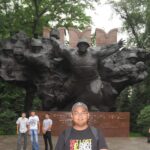
History says that the regiment was formed mainly from Almaty and Bishkek natives shortly after the beginning of the war.
They were young inexperienced soldiers, who had not even done their military service and who found themselves at the forefront of Volokolamsk direction late in 1941.
It cost them incredible sacrifices and efforts to confront the enemy, five times outnumbering and outgunning them, more than a month.
The resistance of the 316th infantry division on November 16, 1941, when a few dozens of soldiers were blunting an attack of German tank column for 4 hours and managed to destroy 18 of the 50 tanks at that, was memorized in the Soviet historical records as a 28 Panfilov’s guardsmen feat.
The last words of Klochkov, the division political commissar “Great Russia, but nowhere to retreat.
Moscow is behind us”, were included in the history books in all Soviet educational institutions.
Well, the Panfilov’s division managed to face the attacks of the enemy on their way to the capital, but almost the whole division died.
The memory of the Panfilov soldiers’ heroism was immortalized in granite triptych, timed to the 30th anniversary of the Victory and erected in the central part of the park.
Its left high relief – “The Oath” is dedicated to the young Kazakh warriors who fought for the Soviet power, the central part of the monument – “The Feat” reflects the international images of Panfilov’s guardsmen, as a symbol of the heroism of Soviet soldiers during World War II, and the right part of the composition – “The Blowing the Glory” embodies the victory and triumph of life.
The Memorial of Military Glory has obelisks with the names of the 28 Panfilov’s heroes, who held out in an unequal battle with the Germans, and with an eternal flame in its center.
On holidays citizens lay flowers and wreaths to its foot in respect for those killed in the Second World War of 1941-1945.


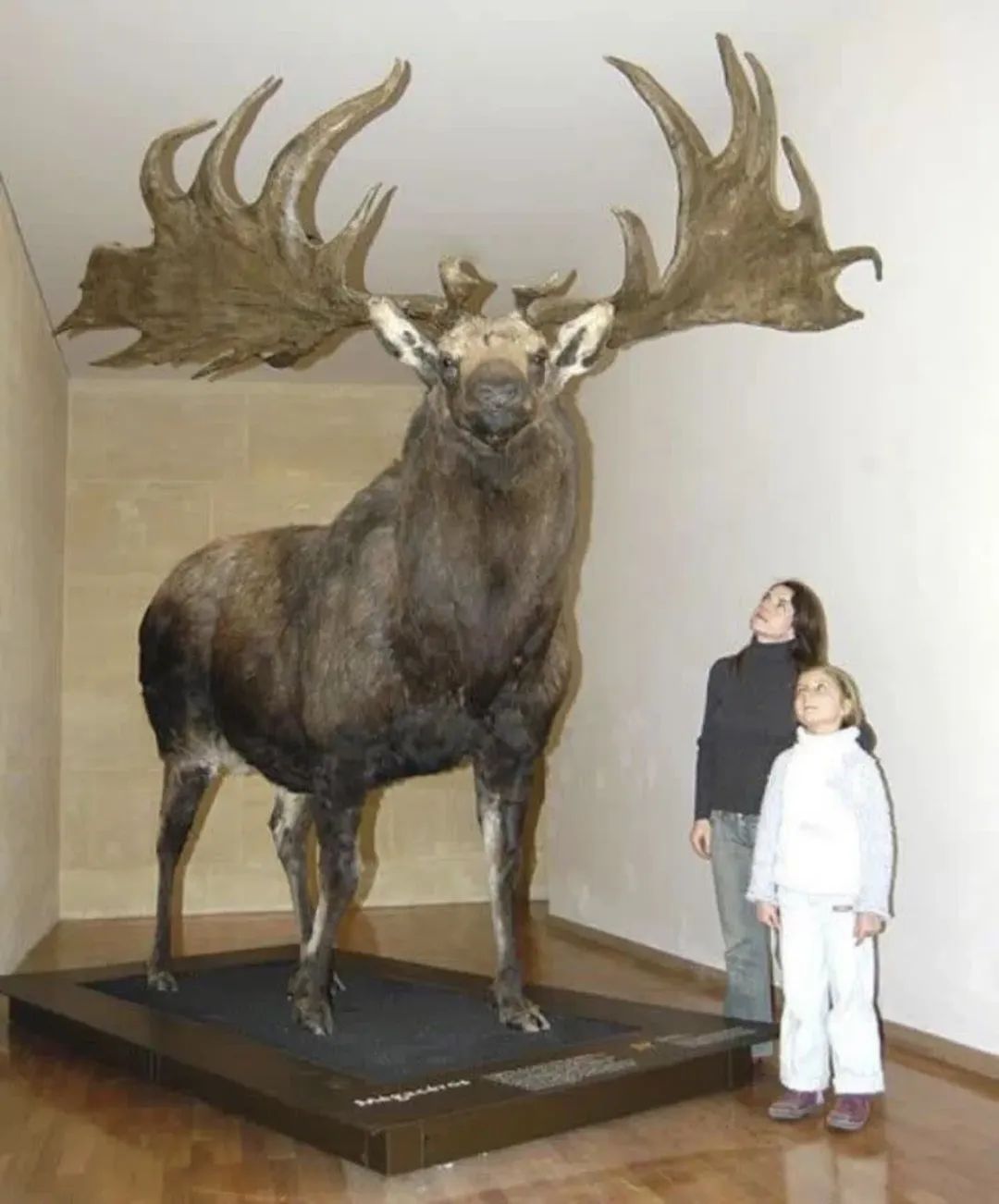
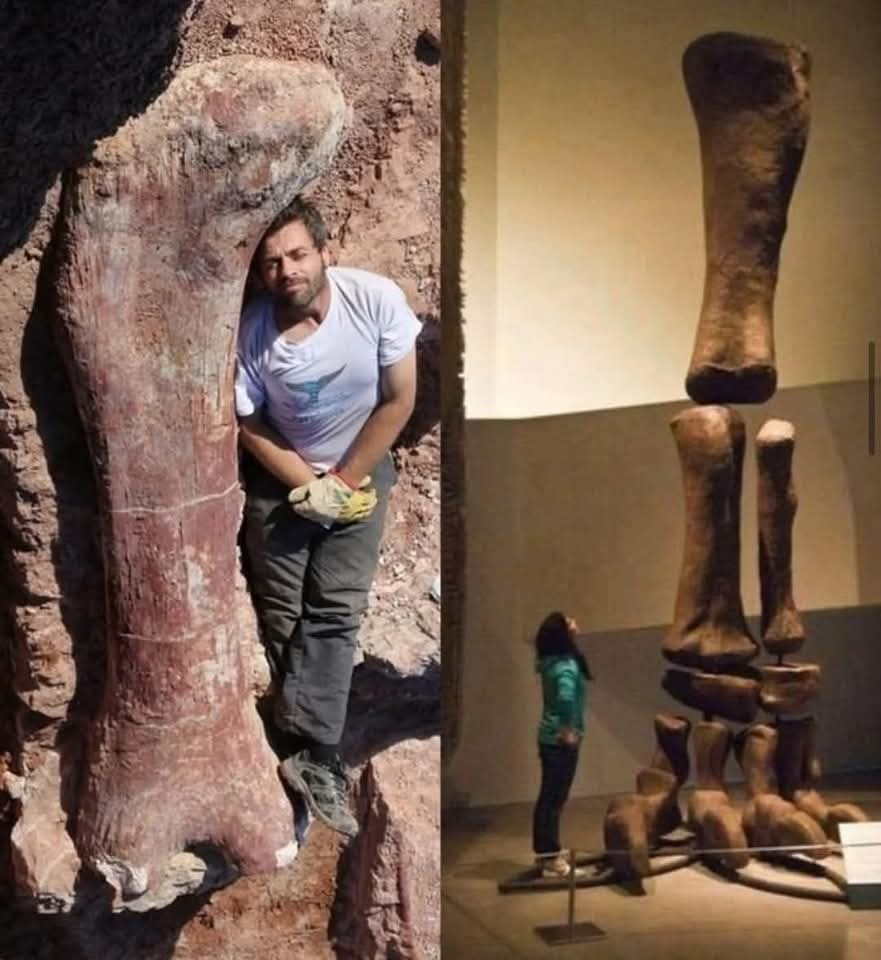


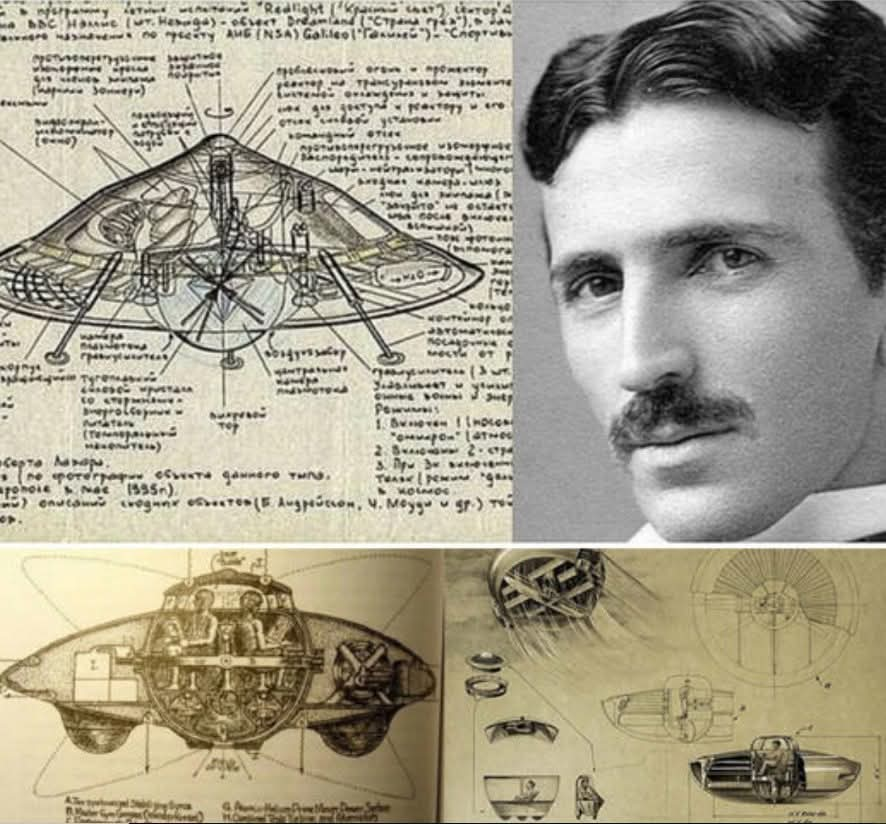
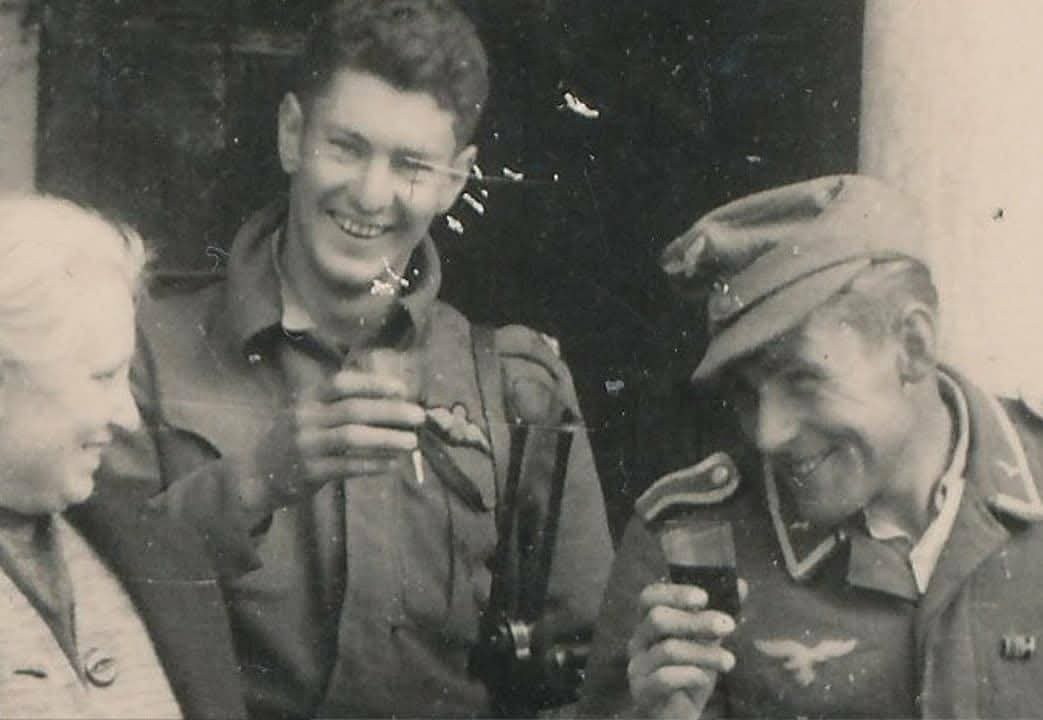
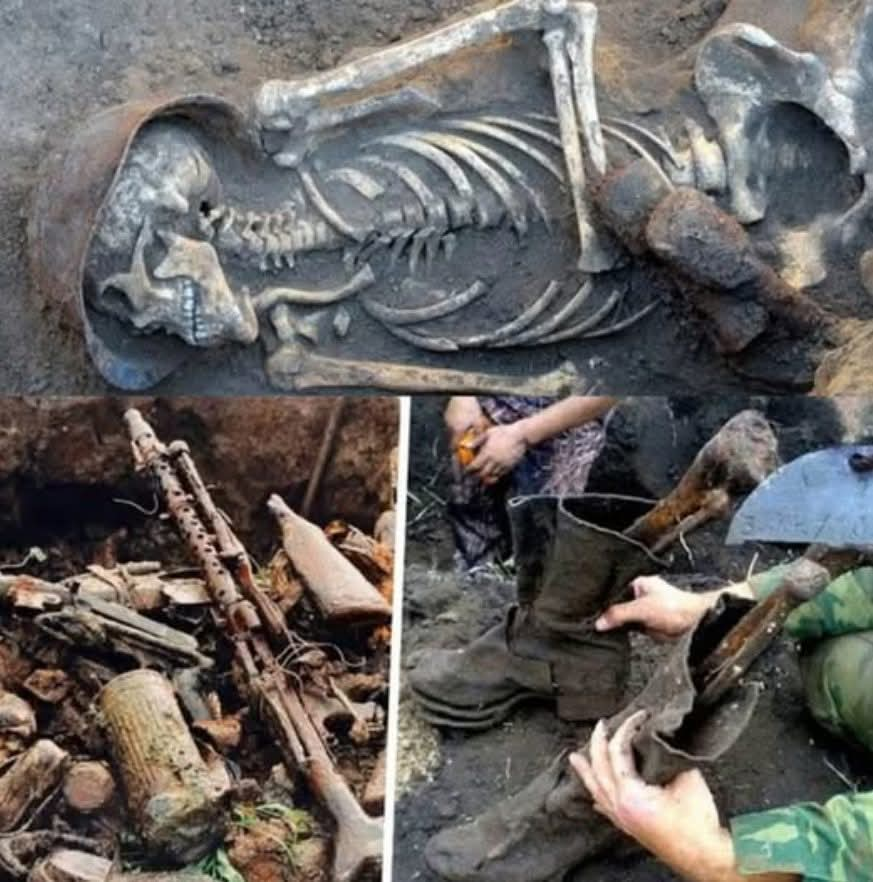

Leave a Reply